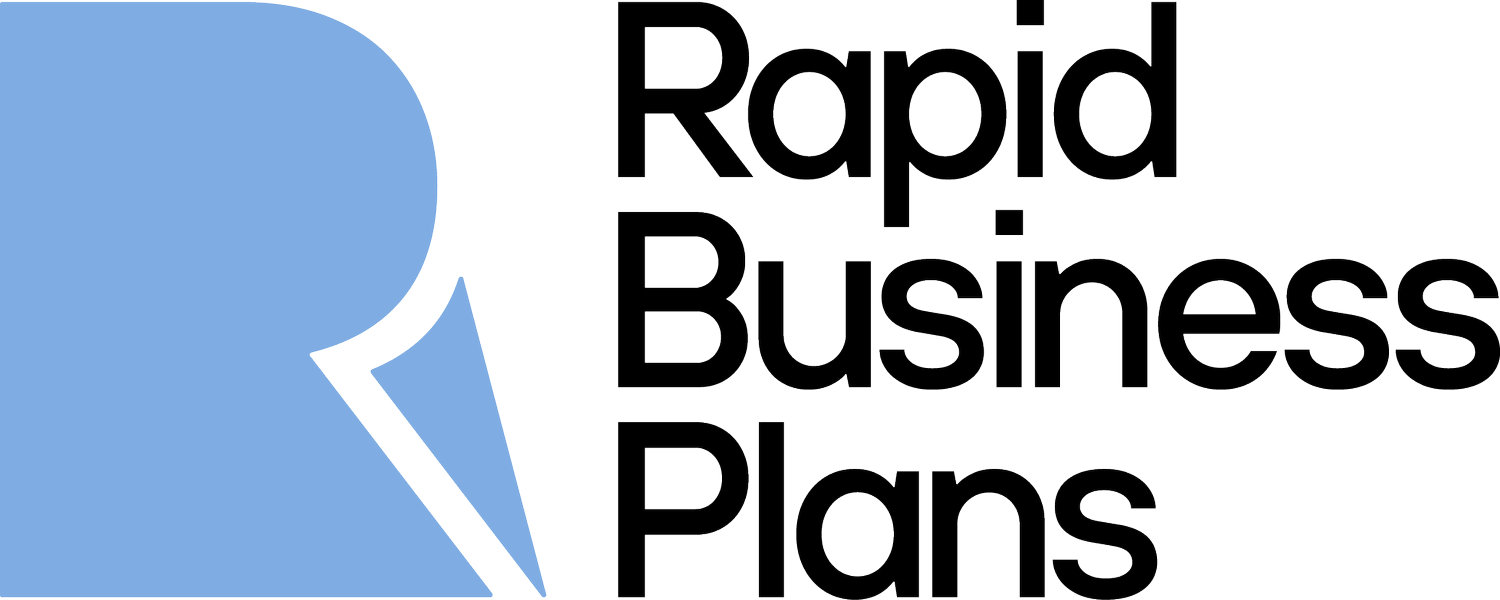What the SBA's New Loan Overhaul Means for Small Businesses in 2025
/The Small Business Administration (SBA) is undergoing significant changes, reshaping how it handles lending programs, collections, and regulatory oversight. Under the leadership of newly appointed Administrator Kelly Loeffler, the agency is implementing new policies aimed at increasing efficiency, tightening lending standards, and enhancing fiscal responsibility. While some of these adjustments may introduce challenges for entrepreneurs seeking funding, they also highlight the importance of preparing for an evolving lending environment.
So, what do these changes mean for small business owners? Let’s break down the key updates and how businesses can best position themselves to secure SBA financing in this shifting landscape.
Key Changes to SBA Loan Programs
The SBA’s overhaul includes several major policy shifts that affect small business financing:
Increased Loan Oversight: The agency is ending the “Do What You Do” standard, which previously allowed lenders to apply their own underwriting guidelines to SBA-backed loans. This means banks and nonbank lenders will now operate under stricter SBA oversight, likely leading to tighter approval requirements and more thorough financial vetting.
Enhanced Collections on Delinquent Loans: Expect the SBA to take a firmer stance on loan repayment, which could include faster action against borrowers who fall behind. For small business owners, this means staying proactive in financial management is more critical than ever.
Pausing of Certain Loan Programs: Some specialized loan initiatives, including the green-lender program designed for energy-efficient businesses, are being put on hold. Business owners planning to apply for funding under these programs may need to explore alternative financing solutions.
Office Relocations and Workforce Changes: In an effort to streamline operations, the SBA is moving offices away from select urban centers and eliminating remote work for employees. While this might seem like an internal shift, it could have an impact on loan processing times and customer service responsiveness.
How These Changes Affect Small Business Owners
For entrepreneurs planning to apply for an SBA loan in 2025, these adjustments present both new hurdles and opportunities. Here’s what to expect:
More Stringent Loan Applications: With increased oversight, small business owners will need to ensure their financial records, business plans, and credit histories are well-prepared before applying. Strong financial documentation will be key to securing approvals.
Longer Processing Times: As the SBA restructures its programs and lending guidelines, loan approvals may take longer. Business owners should plan ahead to avoid cash flow gaps while waiting for funding.
Shifts in Available Loan Options: With some programs on pause, businesses that previously qualified for specific funding initiatives (such as sustainability-focused loans) may need to explore standard 7(a) or 504 loan programs instead.
Higher Accountability for Loan Repayments: If your business has an existing SBA loan, staying current on payments is more important than ever. Expect the agency to enforce stricter collections policies, making it essential to have a solid repayment strategy in place.
Navigating the New SBA Landscape
Despite these changes, SBA loans remain one of the most affordable and reliable funding options for small businesses. Here’s how entrepreneurs can adapt to the new policies and increase their chances of securing financing:
Strengthen Your Financial Profile: With stricter lending standards, small businesses should focus on improving their credit scores, increasing revenue consistency, and maintaining clear financial records.
Apply Early & Plan for Delays: Given potential processing slowdowns, businesses should submit loan applications well in advance of when they need capital.
Explore Alternative SBA Programs: If a specific loan initiative is paused, look into other SBA-backed options, such as 7(a) loans for working capital or 504 loans for real estate and equipment.
Work with an SBA-Experienced Advisor: Navigating these changes can be complex. Partnering with a knowledgeable SBA consultant can help businesses align their applications with the latest requirements and improve approval odds.
Turning Policy Shifts into Opportunities
The SBA’s 2025 loan program overhaul introduces new requirements, but it also presents opportunities for business owners who are prepared. By understanding the changes, strengthening financial records, and applying with a strategic approach, entrepreneurs can still access the low-cost, long-term funding that SBA loans provide. However, navigating these evolving policies can be complex—which is where expert guidance makes all the difference.
Rapid Business Plans works with business owners to navigate the process, ensuring financials and documentation align with updated standards. With a thoughtful approach, entrepreneurs can position themselves for stronger loan terms and long-term financial stability.
Learn how to maximize your funding potential in 2025.




